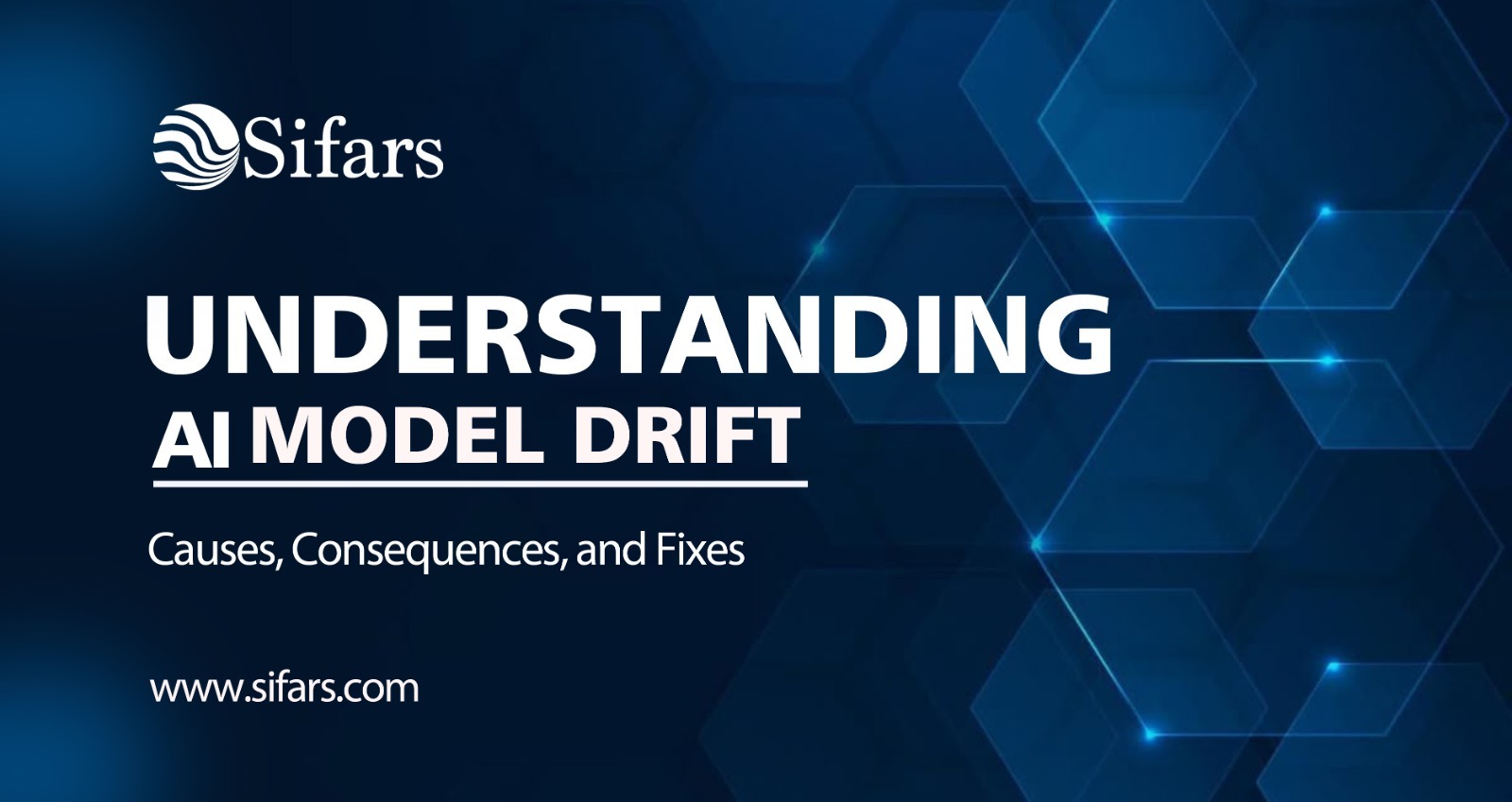AI models are designed to learn from data and make predictions, recommendations, or classifications. However, over time, their performance can degrade—a phenomenon known as AI model drift. As business environments evolve and data patterns shift, previously accurate models may become less reliable, leading to suboptimal decisions and eroded trust. Understanding the causes, consequences, and remedies for model drift is essential for any organization that relies on machine learning or AI-driven systems.
What is AI Model Drift?
Model drift refers to the degradation in a model’s performance over time due to changes in the underlying data distribution. There are two main types:
- Data Drift (Covariate Shift): Occurs when the statistical properties of input features change. For example, if a retail model was trained on pre-pandemic purchasing behavior, post-pandemic data may differ significantly.
- Concept Drift: Happens when the relationship between input and output variables changes. For example, the factors influencing loan default risk may evolve due to new financial policies or market conditions.
Causes of Model Drift
Several factors contribute to model drift:
- Changing user behavior: Shifts in customer preferences or habits over time.
- External disruptions: Economic downturns, pandemics, regulatory changes.
- Data pipeline issues: Inconsistent data collection methods or feature engineering changes.
- Seasonality and trends: Time-based fluctuations affecting data patterns.
- Product or service changes: Alterations to offerings that impact user interaction.
Consequences of Ignoring Model Drift
Failing to detect and address model drift can have serious repercussions:
- Declining model accuracy: Predictions become less reliable, affecting business outcomes.
- Customer dissatisfaction: Poor recommendations or decisions can damage user experience.
- Compliance risks: In finance or healthcare, drift can lead to regulatory violations.
- Loss of trust in AI systems: Stakeholders may become wary of relying on automated tools.
How to Detect Model Drift
Early detection is key to mitigating the effects of model drift. Common methods include:
- Performance monitoring: Regularly evaluate metrics like accuracy, precision, recall, or AUC.
- Data distribution checks: Compare new data distributions to training data.
- Drift detection algorithms: Use statistical tests (e.g., Kolmogorov-Smirnov test, PSI) or ML tools (e.g., Alibi Detect, Evidently AI).
- Feedback loops: Collect real-world outcomes to validate model predictions.
Fixing Model Drift: Strategies and Best Practices
Once drift is detected, organizations can take several corrective actions:
- Retraining the Model: Periodically retrain the model with recent data to maintain relevance.
- Online Learning: Use continuous learning algorithms that adapt in real time.
- Feature Engineering Updates: Modify or add features that better capture new data patterns.
- Hybrid Models: Combine rule-based systems with AI to handle unexpected shifts.
- Model Ensemble Techniques: Use multiple models and switch based on performance.
Governance and Infrastructure Support
- Version control: Track changes in data, features, and model versions.
- Automated pipelines: Implement CI/CD for machine learning (MLOps) to streamline retraining.
- Audit logs and documentation: Maintain transparency and accountability.
Conclusion: Embracing Change with Agile AI Systems
Model drift is inevitable, but it doesn’t have to be detrimental. With the right monitoring systems, governance practices, and response strategies, enterprises can ensure that their AI models remain accurate, relevant, and trustworthy over time. Understanding AI model drift isn’t just a technical requirement—it’s a strategic necessity for long-term success in any AI-driven organization.

Leave a Reply